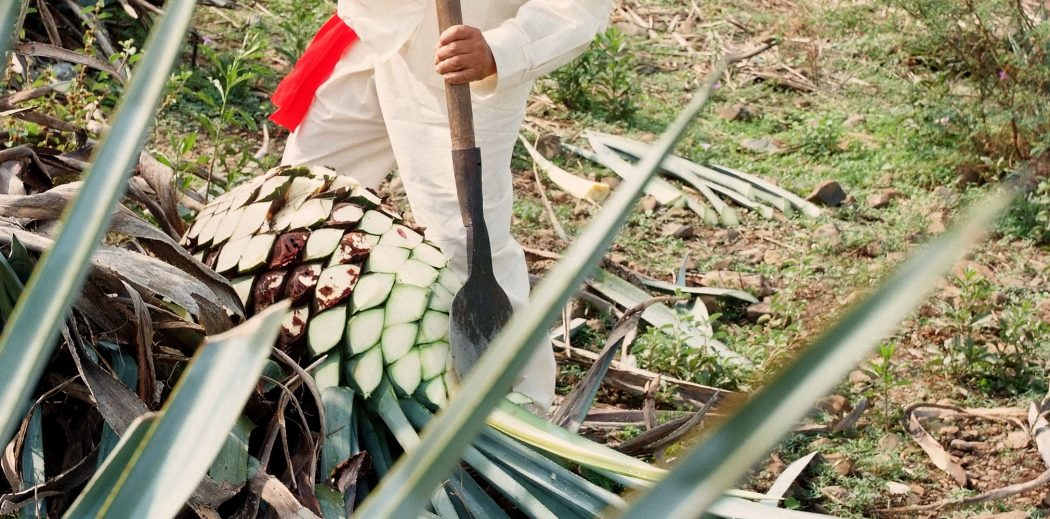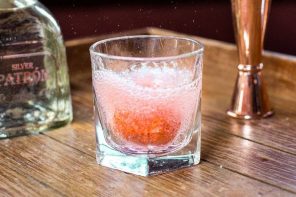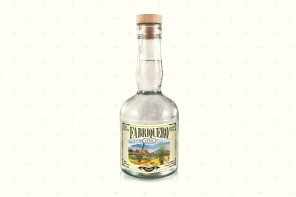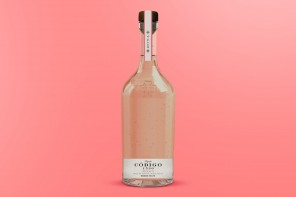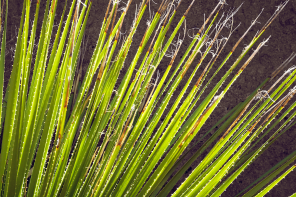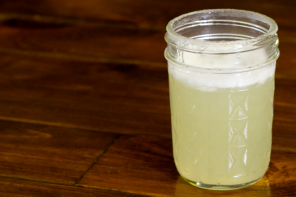Ever wonder why some tequilas are super smooth and easy to sip, while others have a flavor-profile reminiscent to that of fiery gasoline? It’s simple: in the world of tequila, not all production methods are created equal.
For some brands, quantity over quality is the mentality – and we’re not necessarily saying that’s a bad thing. However, we advise saving those tequilas for margarita mixers and sugary beverage additions rather than sipping neat. When it comes to sipping solo, we recommend grabbing a tequila that uses one of the higher-quality, traditional methods of production. Not sure of how these agave-based alcohols make their way into the bottle? We’re breaking it down for you here.
Tequila production can be broken down into a few simple steps: cook, crush, ferment and distill. The process all begins in the agave fields, where jimadors shuck the leaves from blue agave plants, leaving just the hearts of the plant behind. Post-harvest, the agave hearts must be cooked and crushed prior to fermentation. For distilleries looking to churn out a quick product, usually autoclaves are the answer. These large, stainless steel ovens cook the agave at an extremely rapid rate under high pressure, only needing about 24 hours to complete the process. However, the resulting agave is burned and crisp on the outside, with the insides often left uncooked. Diffusers are also another quick fix, quickly extracting juice from the agave plant in a cheap and efficient way.
At Patrón, neither autoclaves nor diffusers are used in the production process. After the region’s signature blue agave is harvested from the red soils of Los Altos, the plants are brought back to Patrón’s distillery and are cut into equally sized pieces before being cooked in small brick ovens. Keeping the agave the same size, as well as slowly cooking (79 hours) in small ovens gives the plants an optimal amount of time to convert starches into sugars. Post-cooking, not one, but two, artisanal ways of producing tequila are implemented at the facility: the roller mill method and the tahona method. Using both of these production methods brings complexity and depth to the final product, as well as meshing modernity with antiquity.
The roller mill process crushes the agave, separating agave syrup (mosto) from agave fiber (bagasse), squeezing the agave five times to extract all of the sugary juice. The agave fiber gets sent to the facility’s compost area, while the juice is set aside, destined for fermentation and distillation. Here, agave juice is fermented without agave fiber, giving way to a more fruit-forward tequila. After fermentation, roller mill agave juice is distilled in larger stills, with smaller stills utilized for the second distillation.
The tahona method is seen as the more antiquated way of producing tequila, meshing traditional methods with the facility’s modernity. For tahona, the agave is slowly crushed with a large, stone tahona wheel, keeping mosto and bagasse together. Crushing together allows the agave juice to be slowly absorbed by the fibers. Both juice and fiber are fermented together in pine wood fermenters, giving a more earthy and herbaceous quality to the juice; distillation is executed in small copper stills. Patrón proudly wears the title of largest tahona producer in the world, with 10 operating tahonas working simultaneously to create their sought-after tequilas.
From here, both tequilas from secondary fermentations are blended to create Patrón’s signature line of products, with distilled water added to bring down the final proof. Tequilas are then aged as needed, or bottled and sent out to be savored by the many aficionados of the beloved brand. The final recipe blend and production methods have never changed, despite the company going on 30 years of business. We’ll raise a glass (without mixers) to that.

